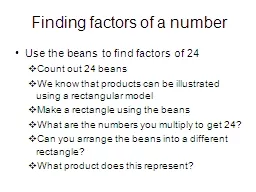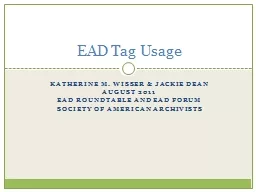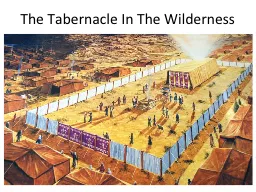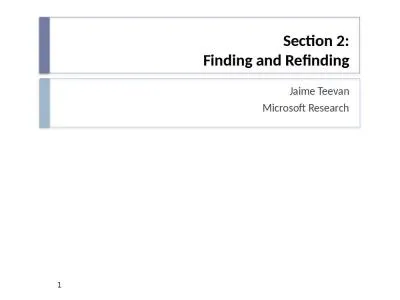PPT-Finding factors of a number
Author : lois-ondreau | Published Date : 2017-06-15
Use the beans to find factors of 24 Count out 24 beans We know that products can be illustrated using a rectangular model Make a rectangle using the beans What are
Presentation Embed Code
Download Presentation
Download Presentation The PPT/PDF document "Finding factors of a number" is the property of its rightful owner. Permission is granted to download and print the materials on this website for personal, non-commercial use only, and to display it on your personal computer provided you do not modify the materials and that you retain all copyright notices contained in the materials. By downloading content from our website, you accept the terms of this agreement.
Finding factors of a number: Transcript
Download Rules Of Document
"Finding factors of a number"The content belongs to its owner. You may download and print it for personal use, without modification, and keep all copyright notices. By downloading, you agree to these terms.
Related Documents














